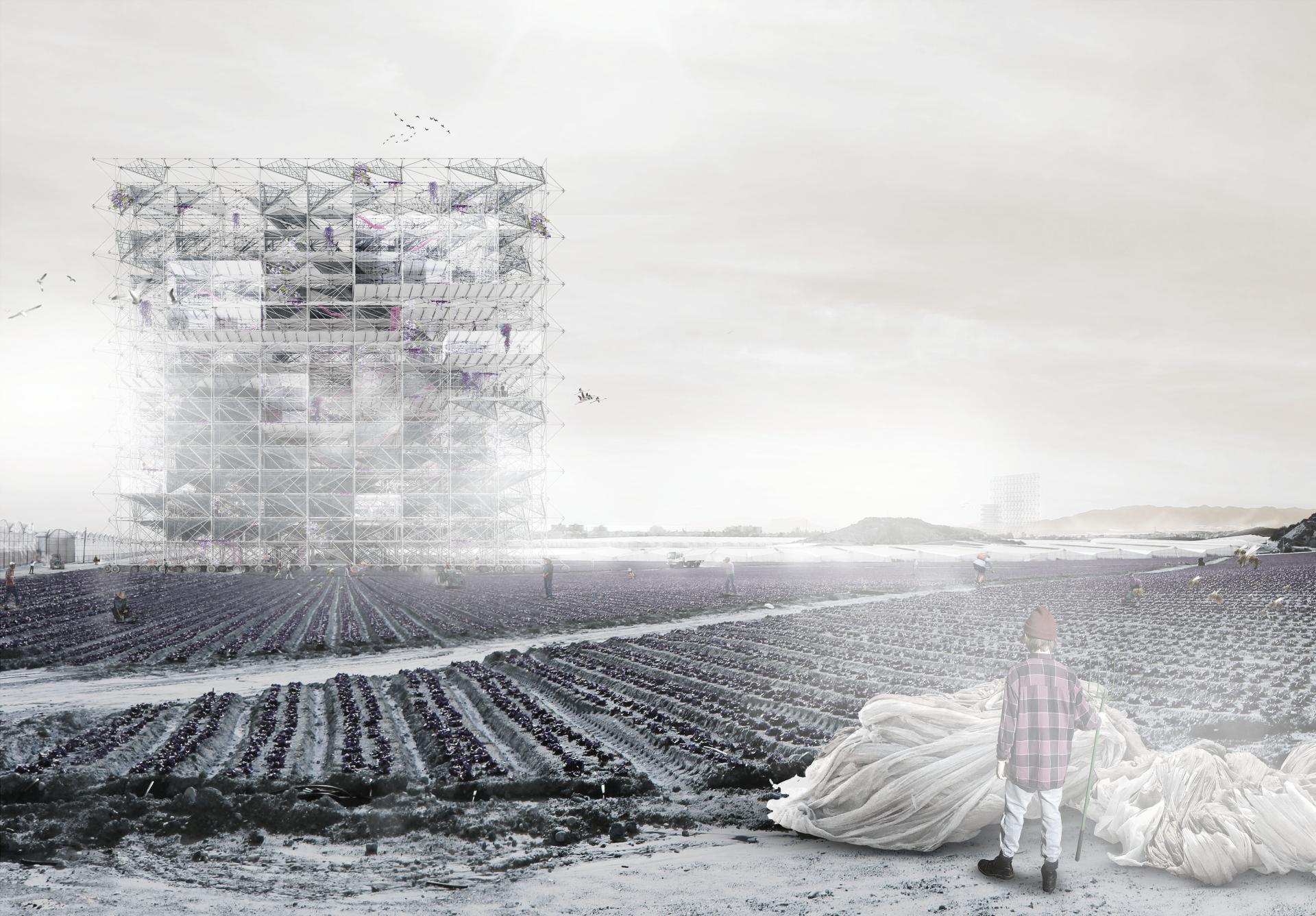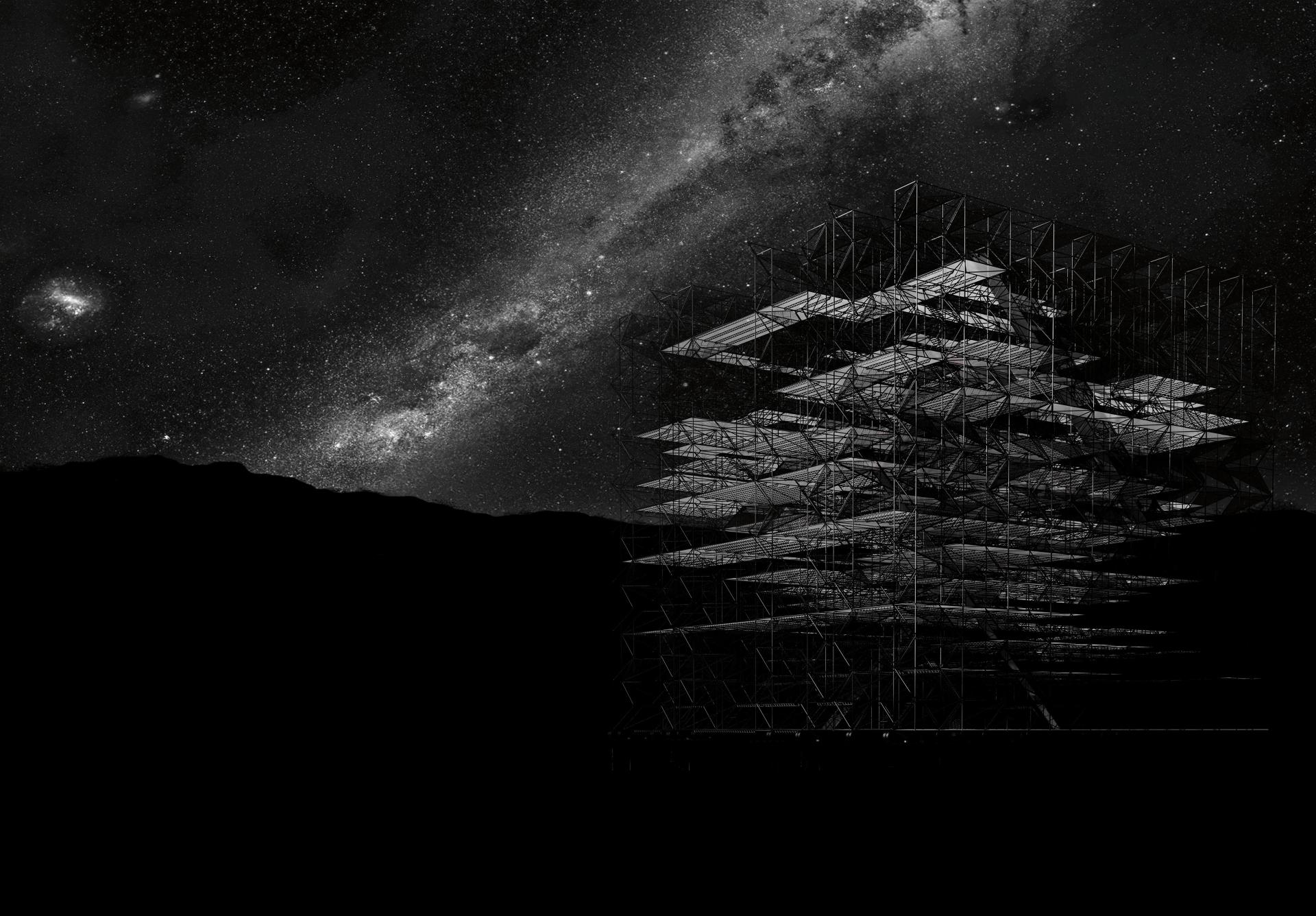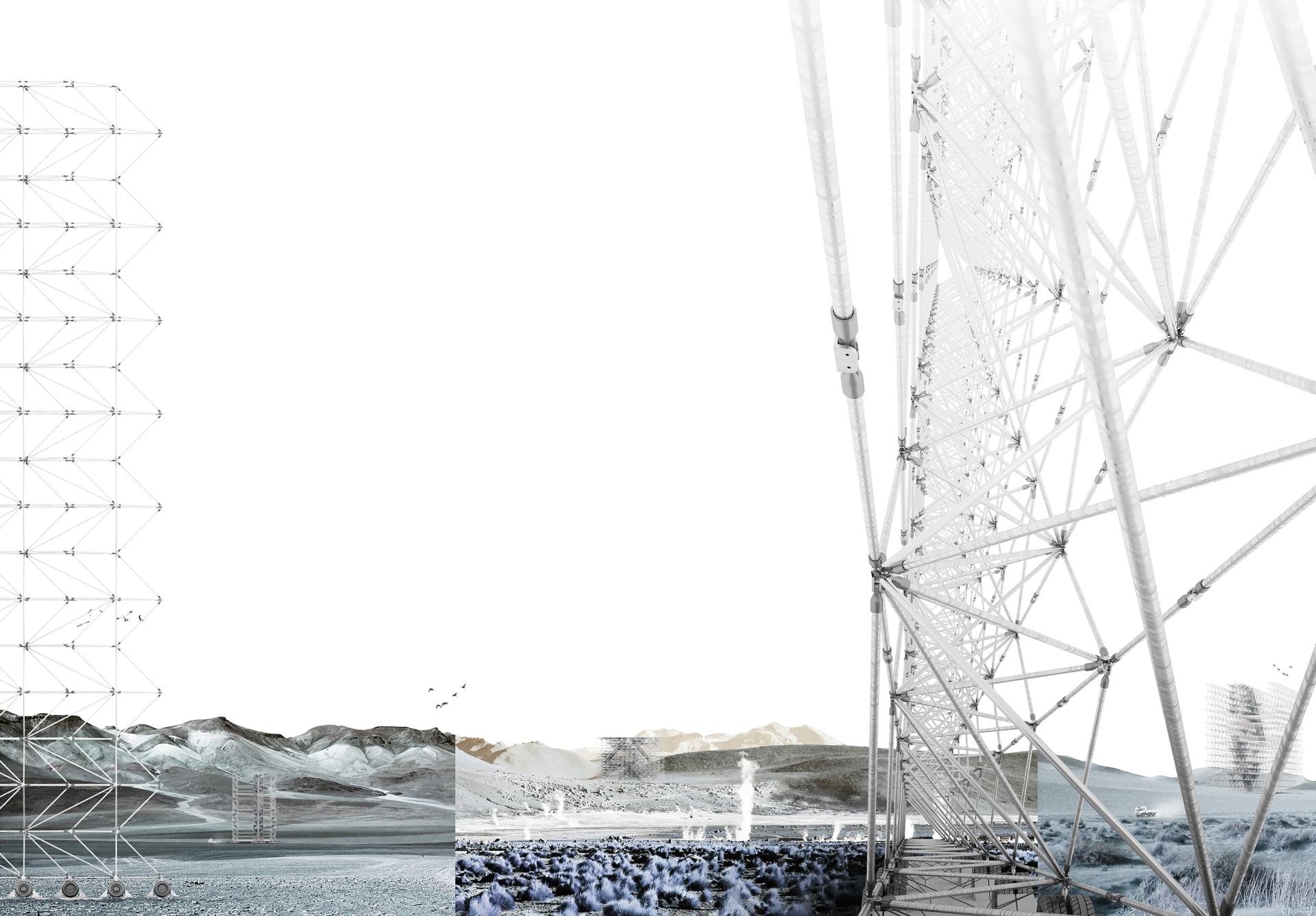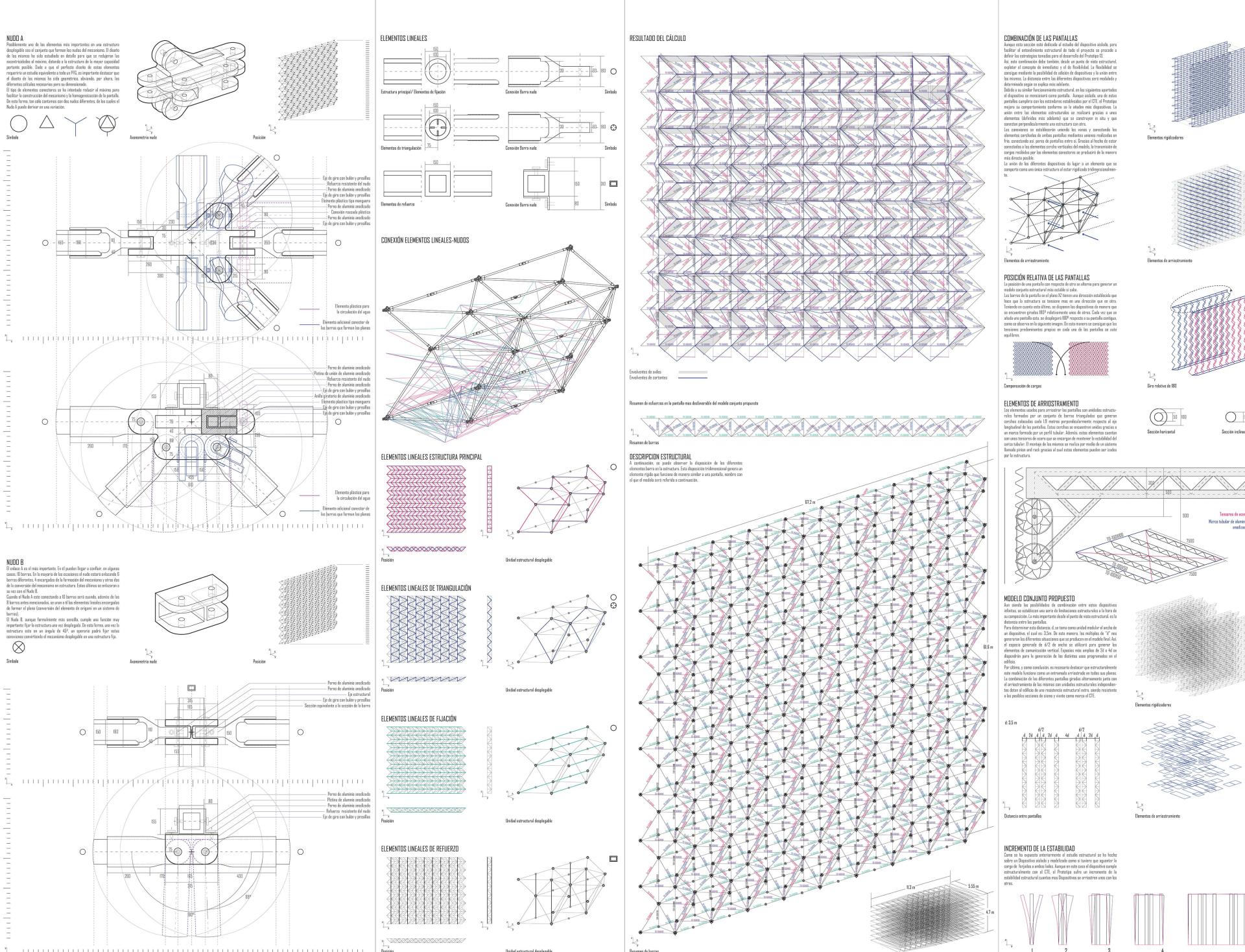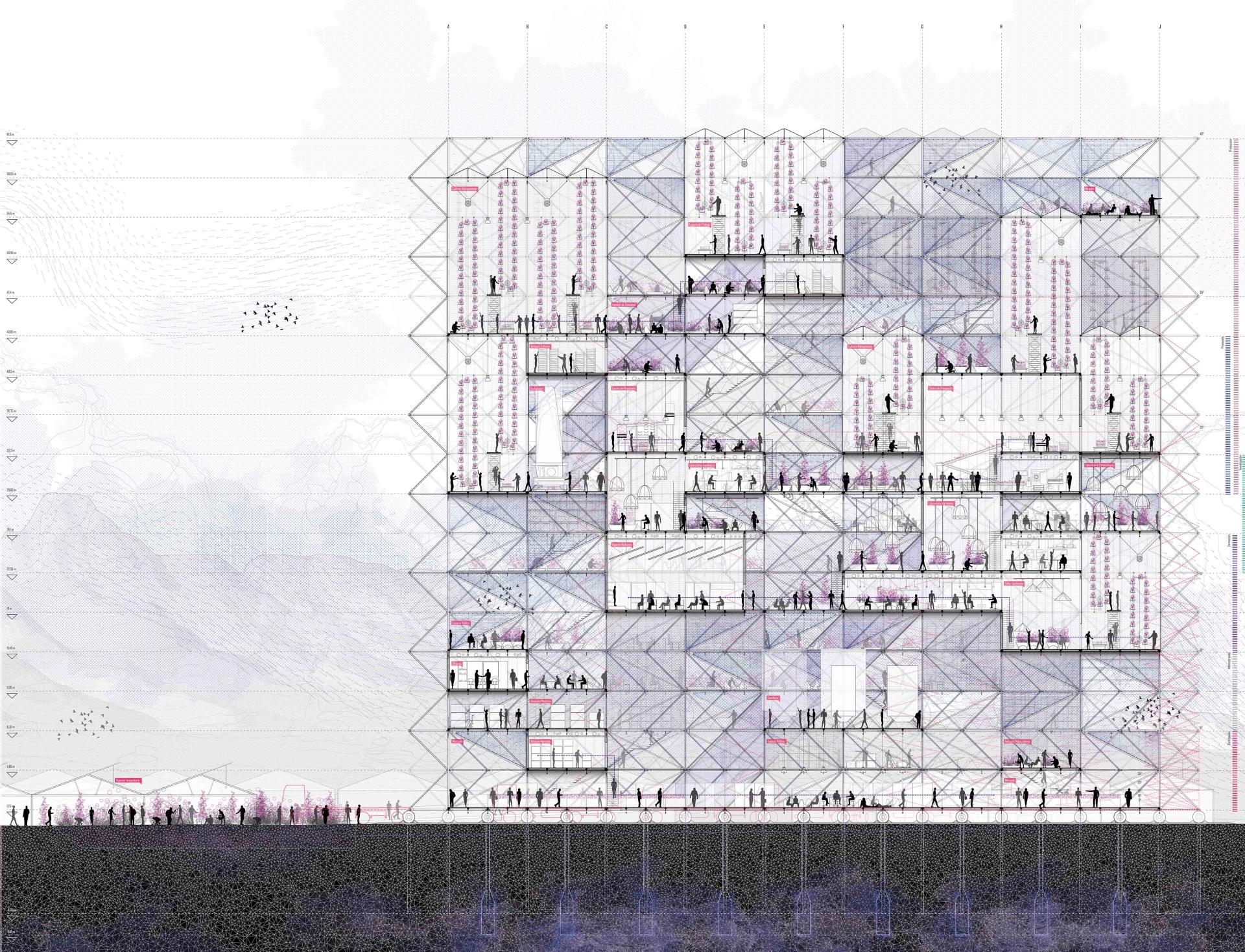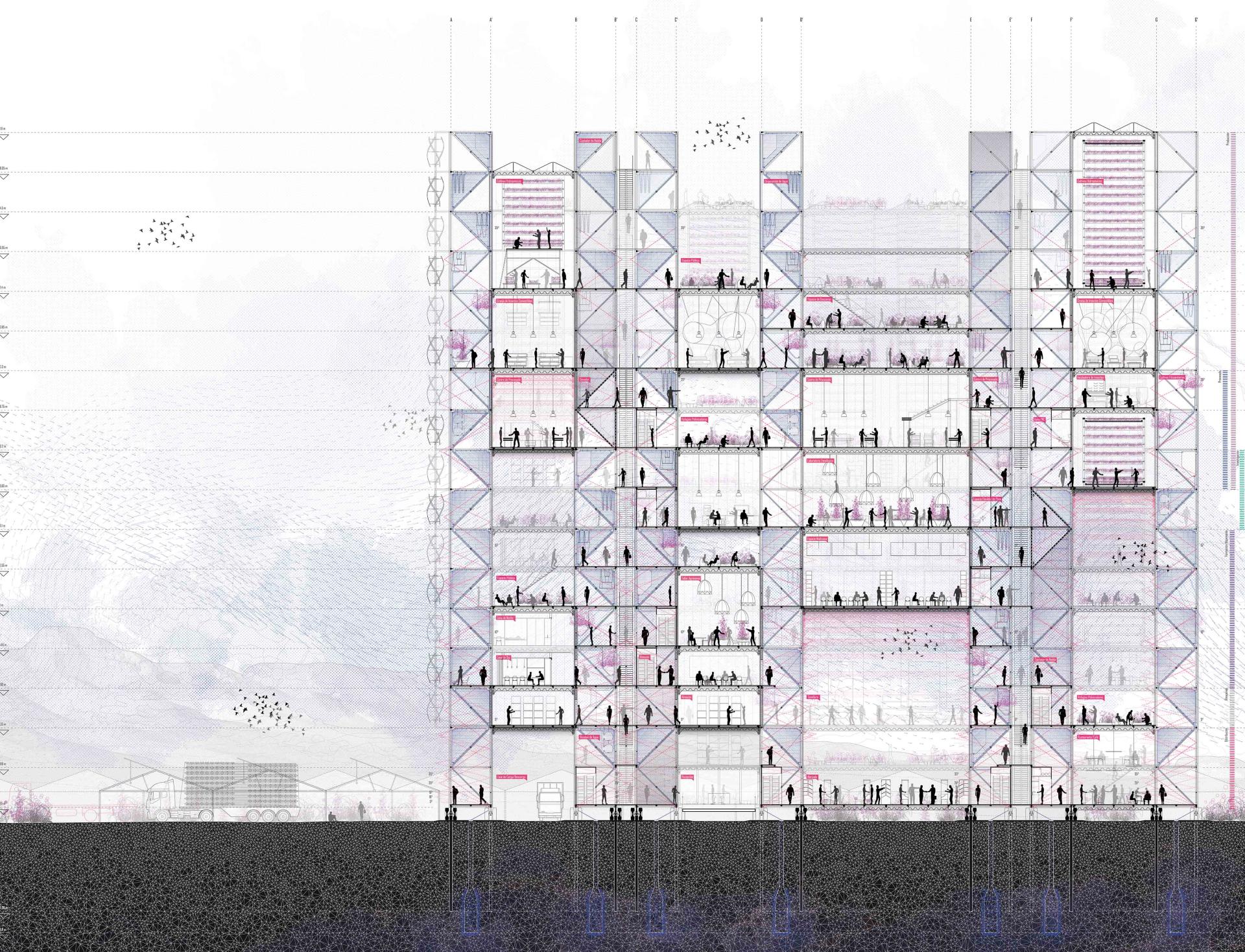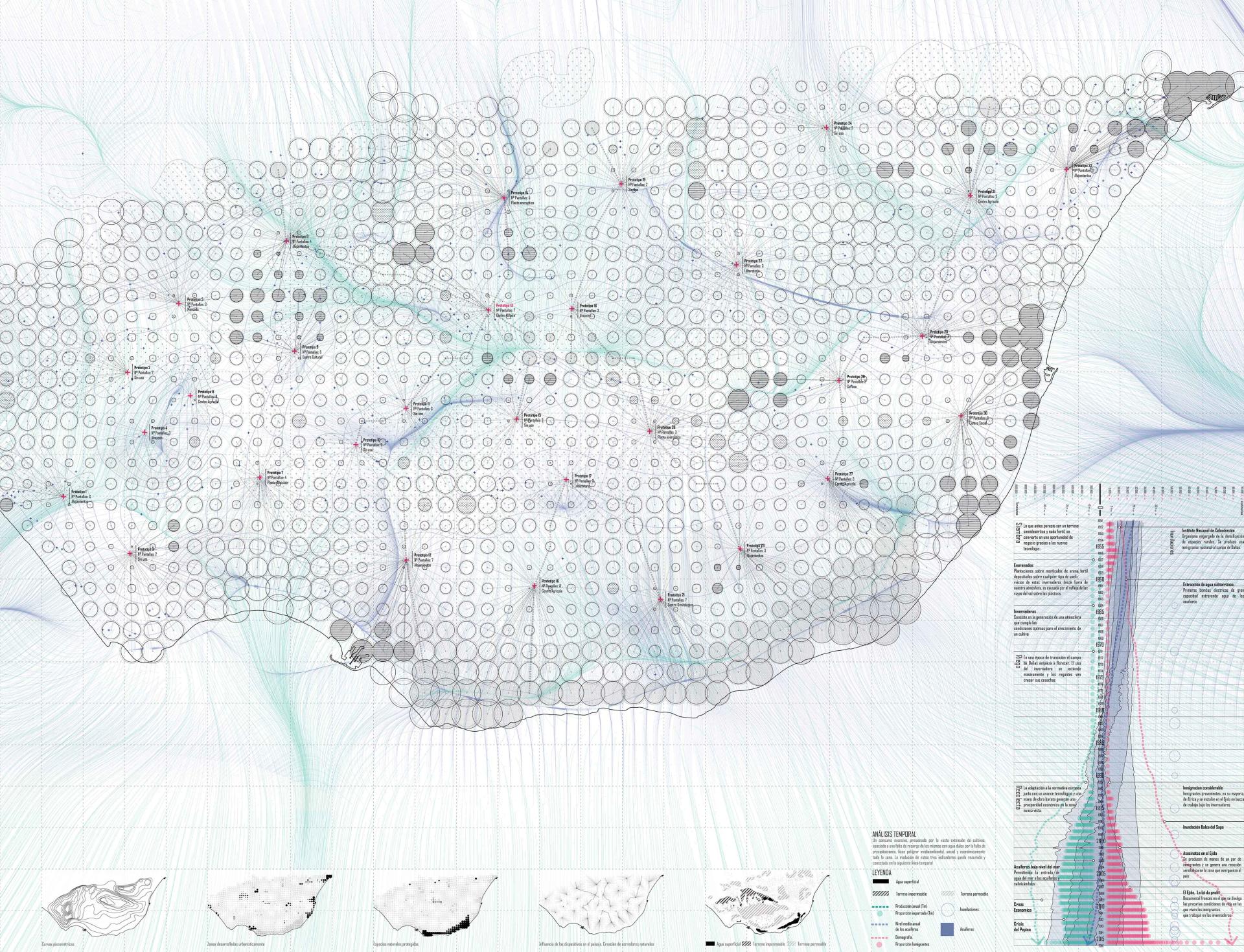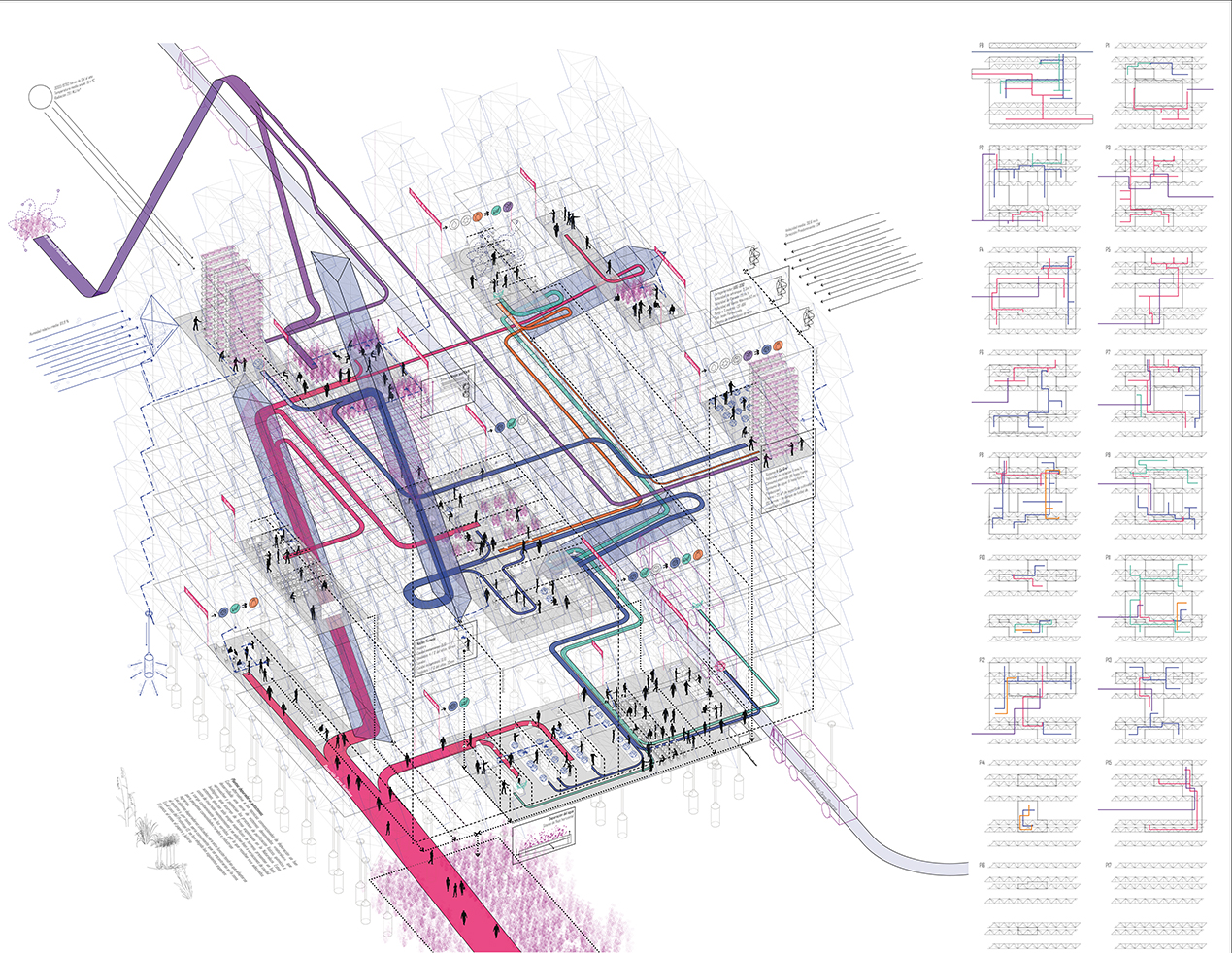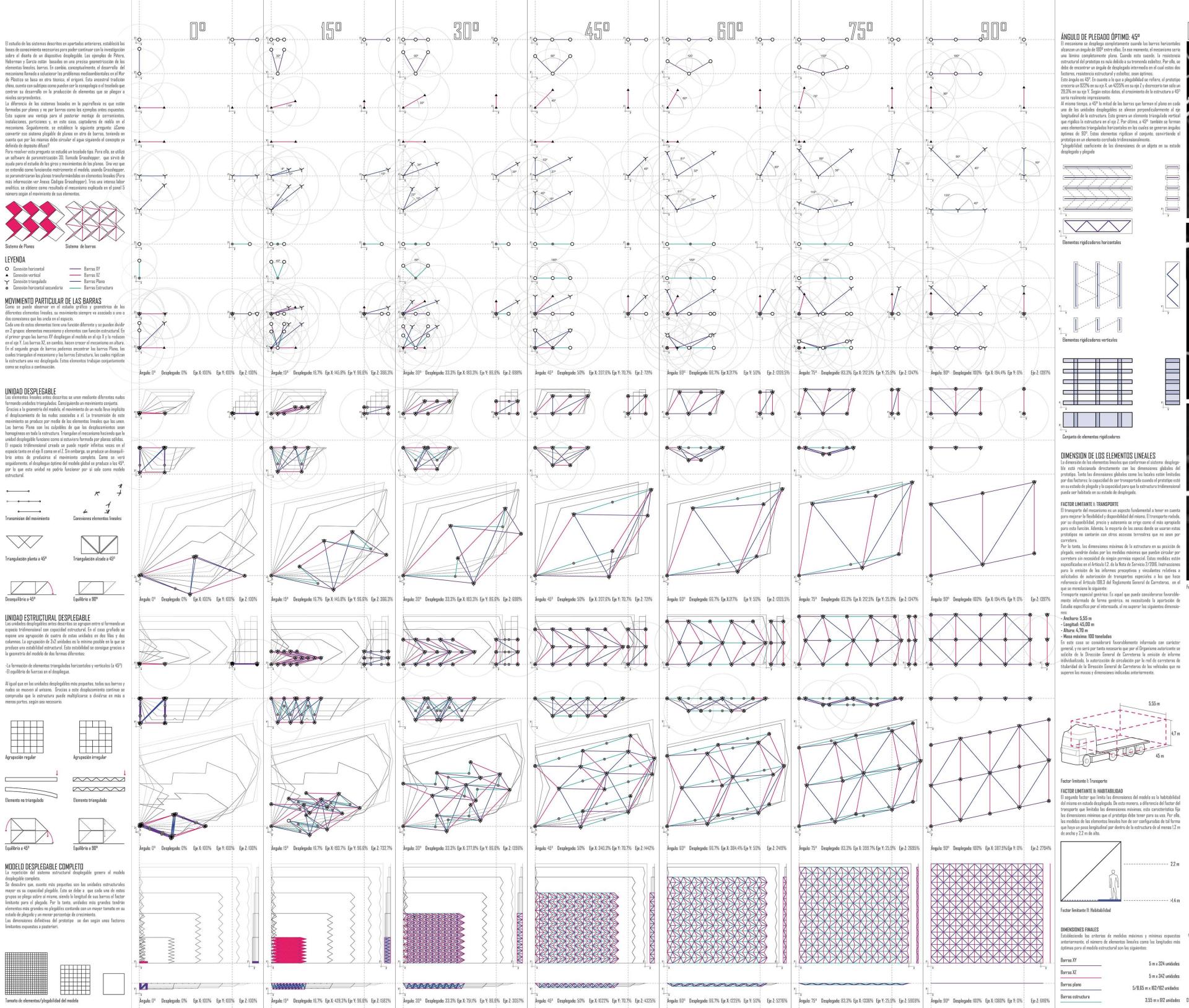Deployable Water Prototypes (DWP)
Basic information
Project Title
Full project title
Category
Project Description
The Deployable Water Prototypes alleviate the disastrous effects in the underground water produced by intensive farming in “The Plastic Sea”(Almeria, Spain).
By collecting and transferring water from the air and fog to the land, and including new housing and production systems; the DWP envisions a new sustainable, healthier and more inclusive agriculture model that recovers the dried aquifers while improving the interspecies relationships and the care for the environment in productive areas.
Project Region
EU Programme or fund
Description of the project
Summary
The primary goal of this project is to alleviate the effects of intensive farming: underground water and land polluting and consumption. It focuses on “The Plastic Sea”; an enormous field of greenhouses that covers 30.000 ha and gives employment to more than 15.000 families in Almeria, Spain.
The Deployable Water Prototypes (DWPs) are placed in the area envisioning a sustainable, healthier and more inclusive agriculture model that heals the dried aquifers, while improving the interspecies relationships and the care of the environment.
Each DWP is designed to work as a livable tank of water which is placed over an aquifer in the heart of an intensive farming area. From the moment it is deployed, the device automatically transfers water collected from air and fog to the land. The DWPs could be installed in groups in order to increase the water that is transferred or to create an agricultural ecosystem within. Once the aquifer is healed, the DWP can be folded and transported to another location or kept working as an agricultural hub.
In contrast with conventional enclosed water containers, these prototypes are thought as complex structures of water pipes. Their construction is conceived as deployable scaffoldings inspired by the ancestral Japanese origami technique called miura-ori.
Besides water collection, the DWPs are also spaces capable of being occupied by plants, insects, birds and human beings. Among the grid of pipes, there is a whole agricultural cycle in which hydroponic and aeroponic greenhouses, labs and processing spaces work together, liberating the land around the construction, reducing the CO2 footprint and creating a far more efficient farming process.
Thereby, the Deployable Water Prototypes are not just water savers but also life generators. The project takes part in water scarcity by making the most of the humidity in the air, while dreaming on a whole new agricultural model that takes care, heals and empowers the environment.
Key objectives for sustainability
1. Water scarcity has become one of the major world-wide problems of our time. It is already affecting every continent and over 2.8 billion people around the world deal with these circumstances, at least, one month a year.
Next to climate change, intensive farming is playing a decisive role in this issue due to the huge amount of land and water demand needed. Moreover, the heavy use of chemical fertilizers and pesticides in this exploitation pollutes the utmost supplies of potable water on Earth, the aquifers.
One of the places in Europe where this situation is more obvious is in Almeria, Spain: “The Plastic Sea”, an enormous field of greenhouses that covers 30.000 ha. The region is very dry and most of the water used in the crops comes from the underground water putting the aquifers in great danger.
The Deployable Water Prototypes are able to collect, store and transfer the humidity on the air to the underground. The collection of the water is possible thanks to the pyramidal water collectors, which are spread across the whole body of the DWPs. They are made of a thin fabric of nylon which ensures the capture of the water suspended in the fog, canalizing it to the main pipe structure; working as an enormous spider net.
2. The agricultural model needs to change to become far more sustainable and efficient. Intensive farming and cattle already occupy, and most of the time also pollutes, more than the 43% of the available land to feed the 7.550 millions of people.
Stacking more efficient, hydroponic and aeroponic crops instead of expanding them over the free land is the solution offered by this project. Apart from the greenhouses, the groups of DWPs will contain labs and processing spaces and biomass plants among other uses. The goal is to create agriculture hubs where all the uses are condensed in order to reduce transportation and land use. It will also decrease the CO2 footprint and waste and improve profits by making a circular process within the DWPs.
Key objectives for aesthetics and quality
The beauty of the concept lies in the wiring structure of the Deployable Water Prototypes which allow them to mix with the surroundings and vanish in the horizon. The land will be freed from greenhouses, discovering the old landscape of the area before intensive and extensive farming appeared. Green will grow in, over and around the DWPs thanks to the water and humidity gathered by them.
Each DWP will be different from each other because the main scaffolding structure will be colonized in different ways depending on the needs in each case. Thanks to their deployable properties one day a DWP might be in one place and the next might be folded and taken somewhere else. This will produce a land-art effect in which the devices will become part of a changing and alive landscape.
From the inside, the occupants will feel the sun rays filtered by the greenhouses, crops and other wild plants spontaneously grown in the empty spaces. The DWPs will become an oasis in the desert for plants, animals and also humans where all can co-live in harmony. Above they will be able to share views towards the Mediterranean Sea from a highly healthy and sustainable space. The closed spaces will be equipped with bioclimatic systems that control the temperature and air flow in order to reduce energy consumption and create high rate of comfortability.
Key objectives for inclusion
The farming areas in the south of Spain concentrate most of the migrant population from North Africa and sub-Saharan Africa. These areas are places where they can work illegally, without having any previous training or background dreaming to earn money enough to get their visas and move somewhere else. During this process, their living conditions are quite bad, not getting proper accommodations and sometimes need to sleep in the greenhouses where they work.
Almeria, the province where "The Plastic Sea" is located, has one of the highest rates of migrants per habitant and this fact is only growing. This issue supposes a big challenge for the municipality to integrate them into society and fight the legal gap of working without visas and, therefore, contracts and social security.
This project aims to help these people by providing them with training and temporary housing while they legalize their situation. Groups of DWPs can be colonized with social facilities for migrants and also for other people with those needs. The regular and prefabricated structure of each DWP is like a blank page where any additional use as the ones previously mentioned can be attached. This flexibility makes the project a very resilient and long term one.
Innovative character
Conceptually, the innovation lies on the change of the agricultural model while recovering the environment as explained in the previous parts.
However, the Deployable Water Prototypes are also remarkable from the technical and constructive point of view thanks to their capacity of folding and unfolding. These prototypes are thought as complex structures of water pipes. Their construction is conceived as deployable scaffoldings inspired by the ancestral Japanese origami technique called miura-ori. Being deployable brings multitude of advantages like:
- Reduced size when folded, which makes its transportation available by truck, helicopter, ship or spaceship.
- Fast and clean construction in any place of the world with a small proportion of human force and almost null C02 footprint during the construction process.
- Endlessly reusable. This is perfect for the main task that the DWP conceived, recharge the underground water reserves. Thus, once an aquifer is healed the DWP could be folded and transported to another location.
- Easy to store.
The Deployable Water Prototypes’ functioning has been designed and proved using a parametric algorithm (Grasshopper) and real models. The fold and unfold system works, being very innovative in matters of deployable structures because it is the first one of its type (origami plane structure to bars and knots structure) The system might be replicable for other uses like reusable scaffoldings, building extension or even for space colonization.

